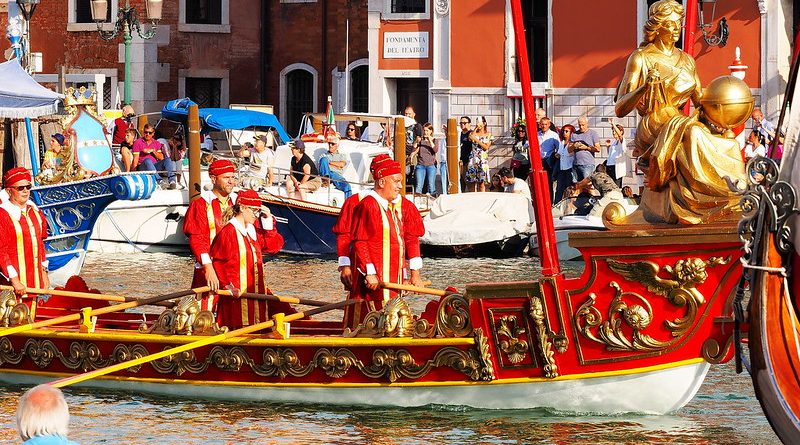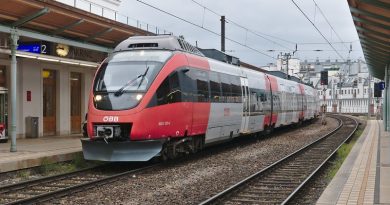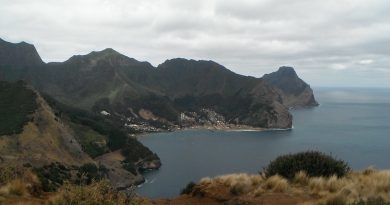Venice’s Regata Storica
Festival Essentials
Where: Venice, Veneto, Northern Italy
When: First Sunday of September
What happens: Parade and races of historic gondola boats in celebration of the city’s seafaring traditions
Remember to bring: A waterproof coat!
History of the Regata Storica
Venetians first organized a rowing race in the thirteenth century and they’ve been doing it ever since. Regata Storica, held since 1825, marks the annual trial of strength and skill for the city’s gondoliers and other expert rowers. On the first Sunday of September every year, thousands of Venetians turn out to do what the Venetians do best – indulge in a spectacular display of pageantry and race their gondolas.
The Venice regattas started as military exercises for crossbowmen on the Lido and developed into popular events for all Venetians, for whom the sea and everything to do with it was a way of life. The historical procession of the Regata Storica commemorates the welcome given toCaterina Cornaro, wife of the King of Cyprus, in 1489 after she renounced her throne in favour of Venice.
What happens at the Regata Storica?
Parade of historic boats
It begins with a procession of fifteenth century replica boats, with the famous Bucintoro, the boat representing La Serenissima (the serene city), at its head lead by the Bucintoro Rowing Club. The boatmen parade down the Grand Canal; you will see the bucio – a type of boat used by the Doge (Duke) of Venice, the bissioni (eight-oared gondolas), and the balotine (six-oared gondolas).
Boat races
The parade is followed by four different types of races, starting with the pupparini boats for children, the mascarete boats races for women, the caorline boats races with six oars for men, and finally the gondolini boat races for the champions. Every neighbourhood in Venice has its own team and loyal fans cheering their boys and girls on. The reigning champion rowers are the two brothers Vignotto. The races are the highlight of the competitive calendar for rowers of the ‘voga ad un solo remo‘ (one-oared rowing) technique, who row standing up.
Route of the races
The route of the race starts at the spagheto, a rope marking the starting point at Giardini dell Biennale, crosses the basin of St. Mark’s, enters the Grand Canal up to the paleto marking post at the Church of Santa Chiara where the boats have to turn around and race back to the finish line near Ca Foscari, to a large raft – ornately carved, decorated and gilted – called themachina. The VIPs are on the Machina, along with flags which the first four crews must grab – the winner takes red, the runner-up white, followed by green and blue. Spectators watch the races along the route, cheering on the teams. After the races, the canals explode again to life with yet more boats, performance displays in the piazzas, drinking and celebrating well into the night.
By Nicole Dudley & Susi O’Neill




